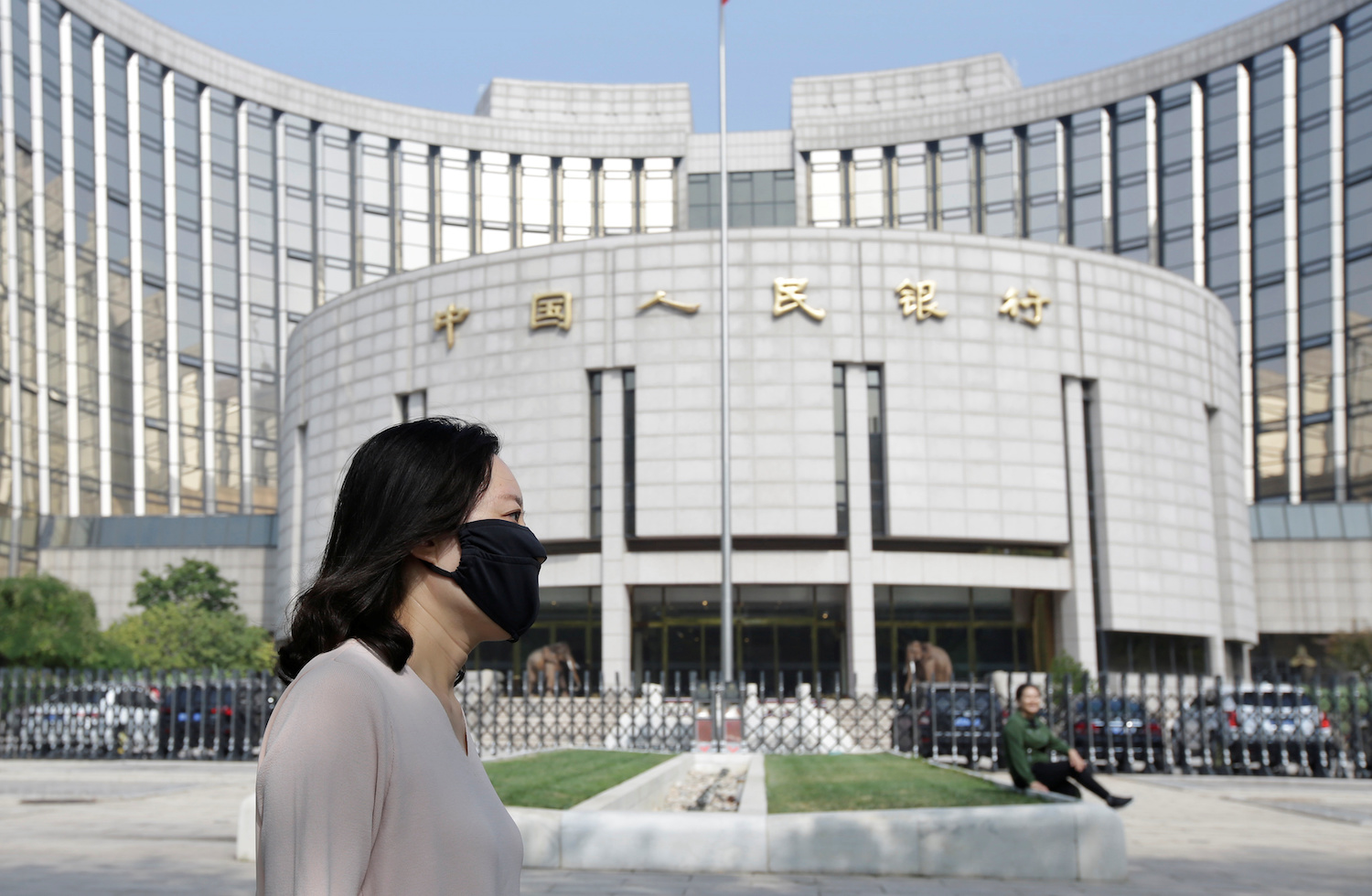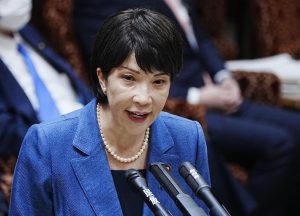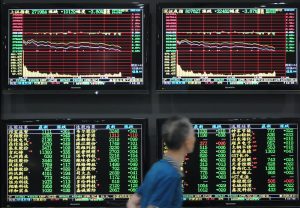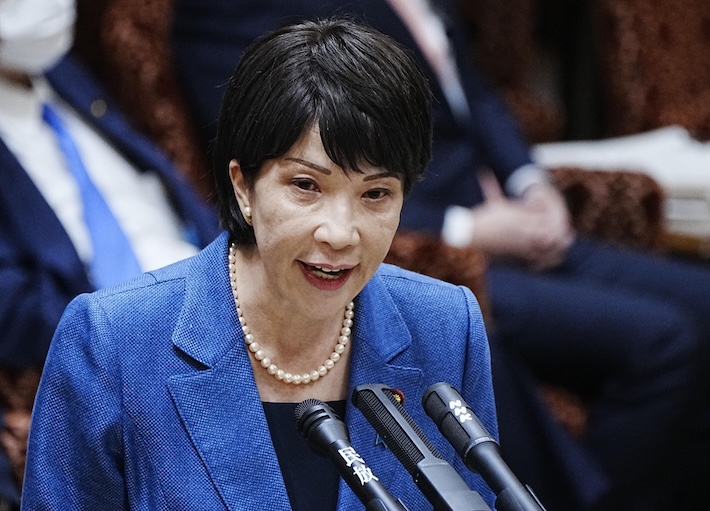(AFX) China announced FX fixings on January 26 against a confusing backdrop of some liquidity tightening, followed by a pledge from central bank governor Yi Gang not to make a premature end to stimulus measures.
The People’s Bank of China authorized the China Foreign Exchange Trade System to announce that the central parity of the yuan exchange rate in the inter-bank foreign exchange market on January 26, 2021 was: 1 US dollar to yuan 6.4847, 1 euro to yuan 7.8715, 100 Japanese yen to yuan 6.2486, 1 Hong Kong dollar for yuan 0.83658, 1 British pound to yuan 8.8668, and 1 Australian dollar to yuan 5.001.
The US dollar rose against most G-10 currencies on signs that a new US epidemic relief plan may be postponed. After Italian Prime Minister Conte announced that he would resign on Tuesday and try to form a new government, the euro continued to be under pressure. The dollar rose against all G-10 currencies except the Swedish krona, with the Norwegian krona leading decliners.
The US dollar index rose 0.17% to 90.36. It hit 90.52 during the session, the highest since January 20. As the market is concerned about vaccine distribution and new anti-epidemic lockdown measures, investors remain cautious, pushing the US dollar index up. At one point it reached its highest level in a week.
Concerns about the timing and scale of the introduction of more fiscal stimulus measures in the United States caused the major US stock indexes to fall by more than 1%, then rebound. The US stock market has hit new highs in recent trading days, although concerns about an economy hit by the pandemic remain.
Karl Schamotta, chief market strategist at Cambridge Global Payments, said that the sharp fluctuations in the stock market have impaired the risk appetite of foreign exchange traders, and currencies that are highly correlated with the stock market and global risk appetite are falling simultaneously with stock market indexes.
Although the dollar has rebounded recently and the US dollar index has risen about 1.3% since the beginning of January, analysts still expect the dollar to fall in 2021. Weekly futures data released by the US Commodity Futures Trading Commission (CFTC) on Friday showed that in the week ending January 19, US dollar speculative net short positions increased to the largest in 10 years.
The euro fell 0.26% against the US dollar to 1.2139, continuing the trend of falling back from this month’s multi-year high. German business confidence fell to a six-month low in January as the second wave of the epidemic hindered the recovery of Germany, the largest economy in Europe. The German economy is expected to stagnate in the first quarter. European Central Bank President Lagarde said that the European Central Bank will look at “long-term” participation in the market to ensure that the economy has enough cheap funds to deal with the epidemic and its consequences.
The British pound fell 0.08% to 1.3675 against the US dollar; the pound strengthened against the weaker euro. Vaccination in the UK continued to advance over the weekend, providing support for the pound.
The US dollar fell 0.03% against the yen to 103.75.
The Australian dollar, regarded as an indicator of risk liquidity, fell 0.03% to 0.7713 against the US dollar.
–























